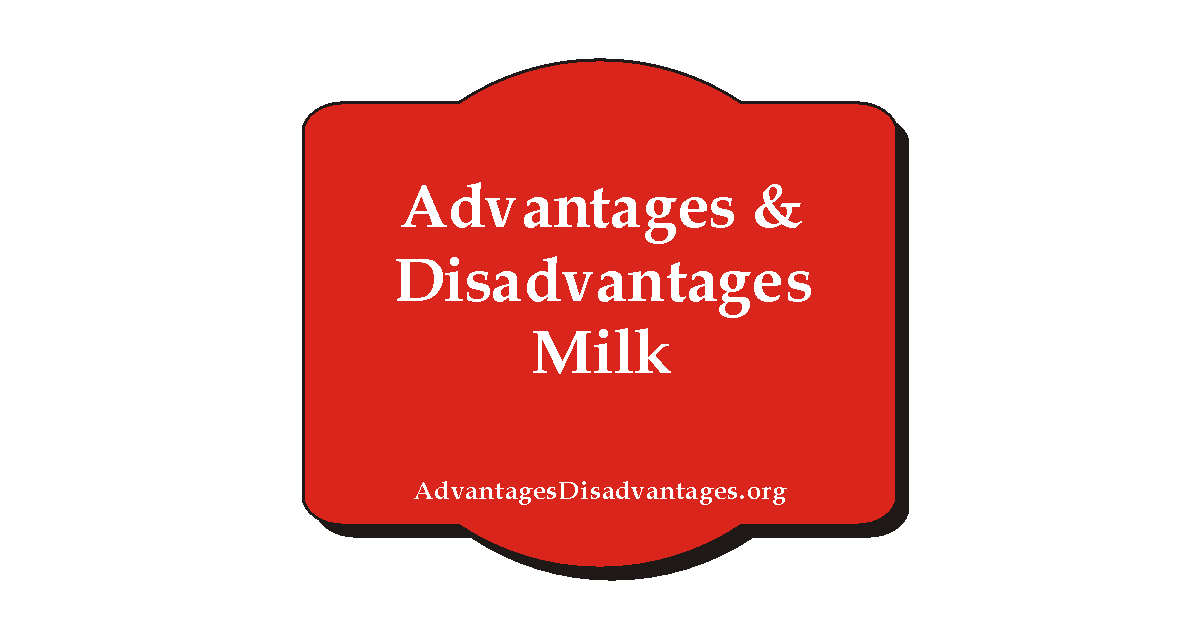Tech
Compressing PDFs for faster and more secure transmission

PDFs are an essential format for transmitting documents in a variety of industries, from legal documents to technical drawings. Compressing PDFs for faster and more secure transmission can be a challenge, especially when it comes to sensitive documents. By compressing PDFs, you can reduce file size, speed up the transmission process, and more easily secure those documents. In this blog post, we’ll explore how compressing PDFs can improve their transmission, as well as the best methods for compressing PDF to Word and managing them securely. We’ll provide examples of how compressing PDFs can help you save time and money, and how to safeguard your documents as they are transmitted. We’ll also examine the various PDF compression software available and the pros and cons of each. Whether you work in the legal, medical, or engineering industry, compressing PDFs for faster and more secure transmission can be of great benefit to you. With the right techniques and software, you can secure and compress your documents quickly and
- Identify the best PDF compression tool
In order to effectively compress PDFs for faster and more secure transmission, it is important to identify the best PDF compression tool. There are a variety of tools to choose from, including Adobe Acrobat, PDF Compressor, and PDF Compress Pro. Each of these tools offers different features and functions, so it is important to evaluate which one best meets your needs. Adobe Acrobat provides the highest quality compression and is the best choice for large files, while PDF Compressor and PDF Compress Pro are best suited for smaller files. Additionally, PDF Compressor works with a wide variety of operating systems, making it the most versatile tool for compression.
- Reduce the size of the PDF while maintaining the quality of the document
Reducing the size of a PDF document while maintaining the quality of the content is a great way to ensure faster and more secure transmission of the file. There are two main ways to reduce the size of a PDF file: 1) Compressing the file by removing unnecessary data and/or optimizing the file structure and 2) reducing the resolution of the images used in the document. The first method is more reliable and allows for better quality of the resulting file. The second method will reduce the size of the file but may also affect the quality of the images. When done correctly, these two methods can significantly reduce the size of a PDF document and make the transmission process faster and more secure.
- Adjust the resolution and color settings of the PDF
After reducing file size and optimizing the PDF, it is important to adjust the resolution and color settings. This will help to further reduce the file size while also ensuring the documents look clear and professional when opened. To adjust the resolution and color settings, go to the ‘Advanced’ tab and look for the ‘Image Settings’ option. Here you can set the resolution for images and adjust the color settings to reduce the file size. You can also set the compression type for individual images. Remember to save the PDF after making any changes.
- Remove unnecessary objects and metadata
One of the most effective ways to reduce the size of a PDF is to remove unnecessary objects and metadata. In other words, if you have any unnecessary images, text, or other elements in the file, you can delete them to reduce the file size. Additionally, you can remove any metadata that is stored in the PDF. This includes things like author information, timestamps, and document properties. Removing these can lower the file size dramatically, making it much easier and faster to transmit.
- Ensure secure transmission of the PDF files
Once you’ve compressed your PDF file for transmission, it’s important to ensure secure transmission of the file. Security is essential when sending a PDF file over the internet. To ensure the secure transmission of a PDF file, use SSL technology, which encrypts the data during the transmission process. This will make sure that the data is secure and that no unauthorized person can access it. Additionally, make sure to use an up-to-date antivirus program to scan your PDF files before sending them. This will help to ensure that no malicious code has been inserted into the file and that the file can be safely transmitted.
In conclusion, compressing PDFs is an effective way to make them faster and more secure for transmission. It is easy to do, and can save you time and energy when sharing files. Compressed PDFs also help conserve disk space, making them ideal for storing large documents. With the right tools, it’s easy to quickly reduce PDFs to a smaller size and ensure their safety during transmission.

-

 Health6 years ago
Health6 years agoAdvantages and Disadvantages of Milk
-

 Tech4 years ago
Tech4 years ago6 Tips to Improving E-Commerce Websites
-

 Home6 years ago
Home6 years agoAdvantages and Disadvantages of Village Life in Points
-

 Travel5 years ago
Travel5 years agoAdvantages and Disadvantage of Travelling
-

 Sports4 years ago
Sports4 years agoThe benefits of playing an online live casino
-

 Tech6 years ago
Tech6 years ago10+ Advantages and Disadvantages of Mobile Phones in Points
-

 Tech5 years ago
Tech5 years agoEssay on Advantages and Disadvantages of Offline Shopping
-

 Tech5 years ago
Tech5 years ago8+ Advantages and Disadvantages of Motorcycle |Having Bike